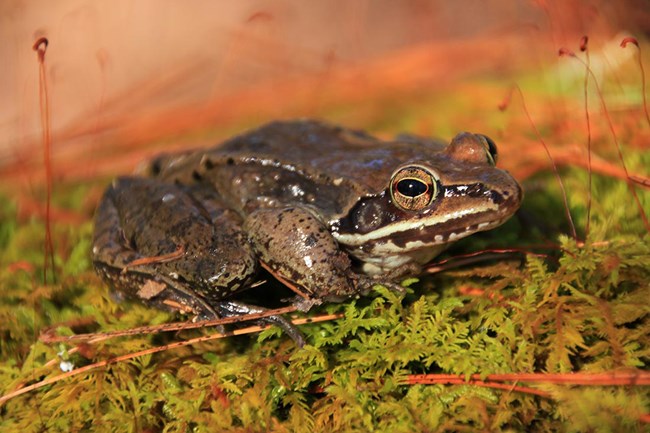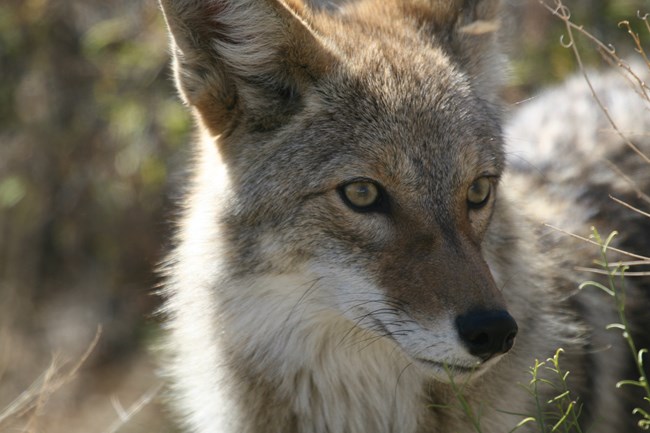Last updated: July 13, 2017
Article
Listening to the Ground: World Listening Day 2017

NPS
What are your favorite sounds of summer? The pulsing cadence of cicadas, creaking chorus of pond frogs, or clicking whirr of grasshoppers are common sounds heard in regions across the United States. Summer wouldn’t be the same without them.
The sounds of our environment enhance our perceptions in ways unique from sight. World Listening Day, July 18, 2017, is the perfect time to reflect on what you hear in the world around you. Founded in 2008, the World Listening Project—the organization behind the event—brings awareness to natural and cultural sounds through the practice of listening and field recording. This year’s theme, Listening to the Ground, draws inspiration from the American Composer Pauline Oliveros, who used the phrase deep listening to encourage “listening in every possible way to everything possible to hear ... the sounds of daily life, of nature, of one’s own thoughts, as well as musical sounds.”
A Web of Sound
From hissing geysers to battlefield trumpets, sounds are part of a web of natural and cultural resources that the National Park Service protects. They reveal the special qualities that define these places. The NPS invites you to use World Listening Day as a framework for hearing the rich range of sounds that rise from the ground around you, from the familiar to the unusual.
Some sounds are so common we may take them for granted and not hear them at all, like crickets on a summer night. Other sounds are unexpected and stand out; the shake of a rattlesnake’s tail, boom of thunder, or roar of wildfire bring us to full attention. Some sounds are delicate and fleeting, like a woodpecker’s tap, or the rustle of birds in the brush. Cultural sounds also define our listening experiences, from the honk and hum of traffic to children at play. Silence, too, plays a part in the sonic scene. By paying attention to these layers of sounds, we come to know and appreciate another aspect of our environment. What are some common sounds in your environment?

NPS / Michael Vamstad
Activate Your Listening
Bring your deep listening skills with you the next time you visit a national park. You may be surprised by what you hear. On walking outdoors, Oliveros advised, to “walk so silently that the bottoms of your feet become ears.” Try this in order to fully experience the tapestry of sounds in these protected places. What sounds can you identify? What might they tell you about the area and its inhabitants? How are these sounds different from those heard at home?
Whether you are in your neighborhood or a national park, we hope World Listening Day inspires you to reflect on the range of sounds around you!
Learn more about sound and sound resources:
· National Park Service Natural Sounds Website
· Natural Sounds Website Sound Gallery
· Yellowstone National Park Sound Library
· Yellowstone NP Audio Postcards
“Sometimes we walk on the ground, sometimes on sidewalks or asphalt, or other surfaces. Can we find ground to walk on and can we listen for the sound or sounds of ground? Are we losing ground? Can we find new ground by listening for it?”—Pauline Oliveros (1932-2016)
